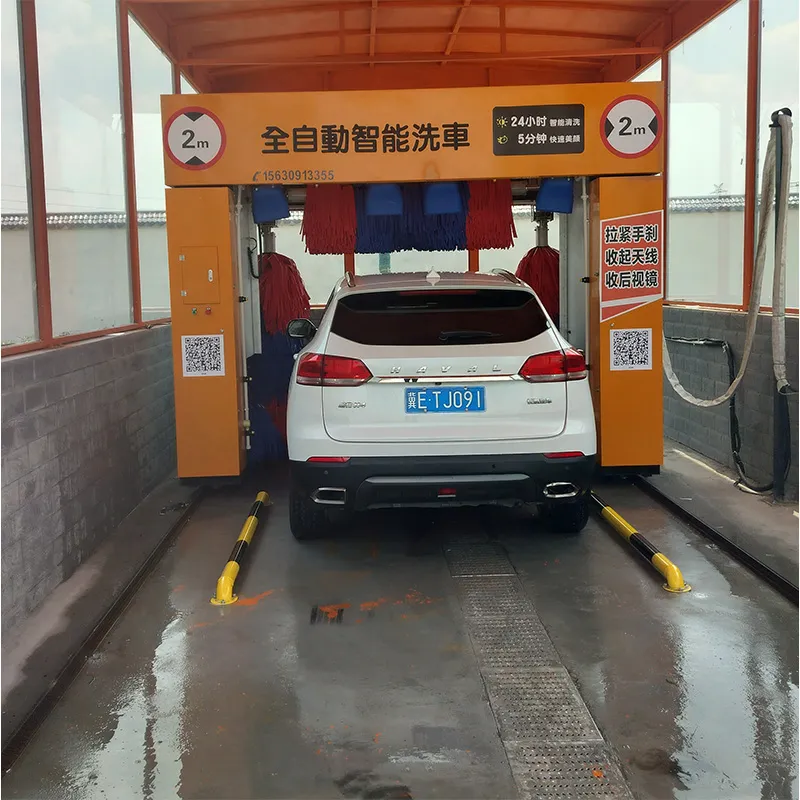
- Afrikaans
- Albanian
- Amharic
- Arabic
- Armenian
- Azerbaijani
- Basque
- Belarusian
- Bengali
- Bosnian
- Bulgarian
- Catalan
- Cebuano
- Corsican
- Croatian
- Czech
- Danish
- Dutch
- English
- Esperanto
- Estonian
- Finnish
- French
- Frisian
- Galician
- Georgian
- German
- Greek
- Gujarati
- Haitian Creole
- hausa
- hawaiian
- Hebrew
- Hindi
- Miao
- Hungarian
- Icelandic
- igbo
- Indonesian
- irish
- Italian
- Japanese
- Javanese
- Kannada
- kazakh
- Khmer
- Rwandese
- Korean
- Kurdish
- Kyrgyz
- Lao
- Latin
- Latvian
- Lithuanian
- Luxembourgish
- Macedonian
- Malgashi
- Malay
- Malayalam
- Maltese
- Maori
- Marathi
- Mongolian
- Myanmar
- Nepali
- Norwegian
- Norwegian
- Occitan
- Pashto
- Persian
- Polish
- Portuguese
- Punjabi
- Romanian
- Russian
- Samoan
- Scottish Gaelic
- Serbian
- Sesotho
- Shona
- Sindhi
- Sinhala
- Slovak
- Slovenian
- Somali
- Spanish
- Sundanese
- Swahili
- Swedish
- Tagalog
- Tajik
- Tamil
- Tatar
- Telugu
- Thai
- Turkish
- Turkmen
- Ukrainian
- Urdu
- Uighur
- Uzbek
- Vietnamese
- Welsh
- Bantu
- Yiddish
- Yoruba
Car Safe Pressure Washer for Effective Cleaning and Enhanced Vehicle Care
The Importance of Safe Pressure Washing for Your Vehicle
Cleaning your car can often feel like a daunting task, especially when it comes to removing stubborn dirt and grime that accumulate over time. One effective method for achieving a thorough clean is using a pressure washer. However, with great power comes great responsibility. Understanding the safe use of pressure washers when cleaning your vehicle is crucial to avoid damage and ensure optimal results.
What is a Pressure Washer?
A pressure washer is a powerful cleaning tool that uses high-pressure water jets to remove dirt, grime, mold, and other contaminants from various surfaces. While they are widely used for cleaning driveways, decks, and outdoor furniture, they can also be utilized effectively for vehicle maintenance. However, the pressure exerted by these machines can be too intense if not handled correctly.
Why Use a Pressure Washer on Your Car?
Pressure washing your car offers several advantages. It provides a deep clean that scrubbing with a sponge may not achieve, especially in hard-to-reach areas like wheel wells and undercarriages. Additionally, pressure washing can save you time and effort, letting you clean your entire vehicle in a fraction of the time it would take with traditional methods.
Safety Precautions
To safely use a pressure washer on your vehicle, follow these essential safety precautions
1. Choose the Right Pressure Setting Most pressure washers come with adjustable settings. For car washing, it's recommended to use a pressure setting between 1200 to 1900 PSI (pounds per square inch). This range is strong enough to remove dirt without risking damage to the paint or other vehicle components.
car safe pressure washer

2. Use the Correct Nozzle Attach a wide-angle nozzle, typically a 25 or 40-degree nozzle, to disperse the water pressure over a larger area. This will help minimize the intensity of the water hitting your car's surface, reducing the risk of scratching the paint.
3. Maintain a Safe Distance Keep the nozzle at least 2 to 3 feet away from the car’s surface to prevent concentrated force from damaging the paint or dislodging any trim pieces. Adjust the distance based on the situation; closer for tough spots, but always carefully monitored.
4. Avoid Sensitive Areas Be cautious around sensitive areas such as headlights, taillights, and any seals or trim. Water getting into these areas can lead to electrical issues and other problems.
5. Wash in a Controlled Environment Whenever possible, wash your car in a shaded area to prevent water spots from forming as the sun dries the car. Hot surfaces can also react with cleaners and pressure washing, leading to uneven cleaning results.
6. Regular Maintenance Ensure your pressure washer is well maintained. A clogged nozzle or dirty filters can affect performance and increase the risk of damaging your car.
Additional Tips for Effective Car Cleaning
- Pre-rinse Before applying any detergent, do a preliminary rinse to remove loose dirt and debris. This helps reduce the chance of scratching the paint. - Use Car-Safe Detergents Choose detergents specifically formulated for vehicles. These products are less abrasive and designed to work effectively with pressure washing. - Work from Top to Bottom Always start washing from the top of the car and work your way down. This method allows dirt and grime to flow downward, avoiding any re-contamination of cleaned areas.
Conclusion
Using a pressure washer to clean your car can be a game-changer, saving you time and ensuring a thorough clean when done safely. By following the necessary precautions and tips mentioned above, you can enjoy a sparkling vehicle while keeping it in top condition. Remember, safety and care are paramount—not just for your car's aesthetics, but also for its longevity. Happy washing!
-
Integrating Aqua Tunnel Car Wash in Shopping CentersNewsJun.24,2025
-
Gas Station with an Auto Car Wash MachineNewsJun.24,2025
-
Efficiency in Your Aqua Tunnel Car Wash: Power & Water-SavingNewsJun.24,2025
-
Car Wash Business with Advanced Auto Car Cleaning MachinesNewsJun.24,2025
-
Balancing Setup Costs with Aqua Tunnel Car WashNewsJun.24,2025
-
Aqua Tunnel Car Wash: Eco-Design for the Energy-Savvy EntrepreneurNewsJun.24,2025



